There have been parallels between COVID-19 and Lyme over the last year. Could COVID-19 long haulers impact the future of treating chronic Lyme?
In June of last year, I wrote about comorbidity between these two illnesses. A chronic Lyme sufferer, who is being treated with immunosuppressant drugs, could be more susceptible to contracting coronavirus. Even though COVID-19 is a viral infection, whereas Lyme disease is bacterial, there are similarities in some of the symptoms. Extreme fatigue, body pain, and fever are just three. In recent months, we have heard about COVID-19 long haulers. These are people, who contracted coronavirus and recovered – but cannot seem to fully recover.

What are long haulers experiencing?
The persistent symptoms left behind seem to be non-discriminating. There are young and old sufferers. There are patients, who had no co-morbid conditions. There are long haulers, who didn’t experience serious COVID-19 symptoms. Imagine contracting the virus, and feeling okay, only to later begin to feel very sick. Chronic sufferers are experiencing symptoms, such as shortness of breath, extreme headaches, fatigue, and an increased heart rate many months after their original illness. The U.S. does not report an average age of COVID-19 long haulers. A hospital in Paris says the average age of their patients is only 40 years old.

Shining a Light on Chronic Lyme Disease
 As experts scramble to unravel the mystery of persistent symptoms of coronavirus, the Global Lyme Alliance is reaching out to these new long haulers. As with chronic Lyme disease, the common perception is that once you treat the illness, you are cured. Chronic sufferers of COVID-19 will likely be met with some misunderstanding, but a light is being shone on their suffering. If you search online or watch the news, you will see their stories. There is a active push for awareness, and even more incentive for us to protect ourselves. Doctors are working to treat long haulers, and one could assume that the overall awareness and acceptance of the phenomenon will offer hope to chronic Lyme disease patients, who seek acceptance and effective treatment. The idea that a negative test does not mean that the infection did not leave lasting effects could eventually become a thing of the past. Those suffering chronic Lyme could find new hope in no longer being dismissed by their families, friends, and even medical professionals. There could be a time in the near future, when persistent Lyme symptoms are taken seriously, and this is great news if you suffer from these symptoms.
As experts scramble to unravel the mystery of persistent symptoms of coronavirus, the Global Lyme Alliance is reaching out to these new long haulers. As with chronic Lyme disease, the common perception is that once you treat the illness, you are cured. Chronic sufferers of COVID-19 will likely be met with some misunderstanding, but a light is being shone on their suffering. If you search online or watch the news, you will see their stories. There is a active push for awareness, and even more incentive for us to protect ourselves. Doctors are working to treat long haulers, and one could assume that the overall awareness and acceptance of the phenomenon will offer hope to chronic Lyme disease patients, who seek acceptance and effective treatment. The idea that a negative test does not mean that the infection did not leave lasting effects could eventually become a thing of the past. Those suffering chronic Lyme could find new hope in no longer being dismissed by their families, friends, and even medical professionals. There could be a time in the near future, when persistent Lyme symptoms are taken seriously, and this is great news if you suffer from these symptoms.
Hingham Tick Control for Lyme Prevention
 Knowing that Lyme disease can be just as life-altering as COVID-19, it is imperative that we keep ourselves protected from tick bites. The best way to prevent Lyme infection is to eliminate ticks from your yard. Reputable tick control companies offer ultimate protection with barrier tick sprays for your property. These EPA-registered treatments can eliminate up to 95% of ticks from your yard for a couple of weeks at a time. The best tick control companies offer year-long protection by adding tick tubes to your regimen in the late fall and winter. Tick tubes can greatly impact the number of ticks that emerge on your property in the spring by killing them where they nest.
Knowing that Lyme disease can be just as life-altering as COVID-19, it is imperative that we keep ourselves protected from tick bites. The best way to prevent Lyme infection is to eliminate ticks from your yard. Reputable tick control companies offer ultimate protection with barrier tick sprays for your property. These EPA-registered treatments can eliminate up to 95% of ticks from your yard for a couple of weeks at a time. The best tick control companies offer year-long protection by adding tick tubes to your regimen in the late fall and winter. Tick tubes can greatly impact the number of ticks that emerge on your property in the spring by killing them where they nest.



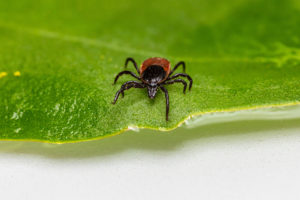


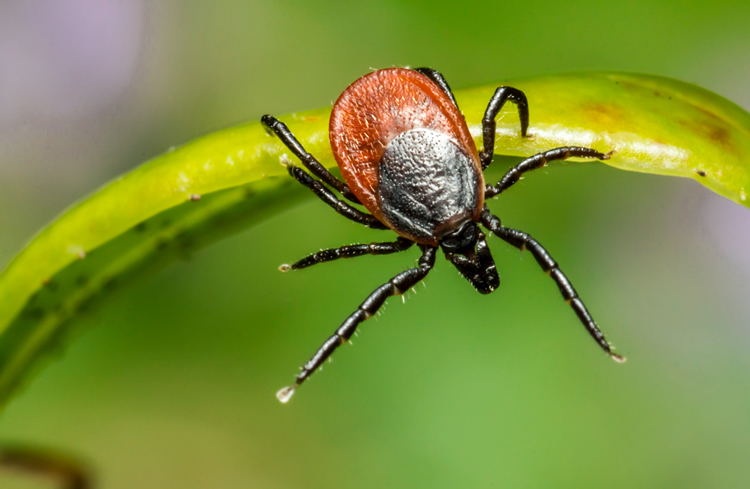
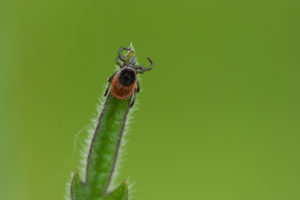
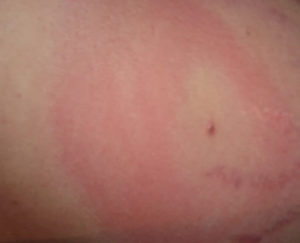




 Lest we forget our essential
Lest we forget our essential 
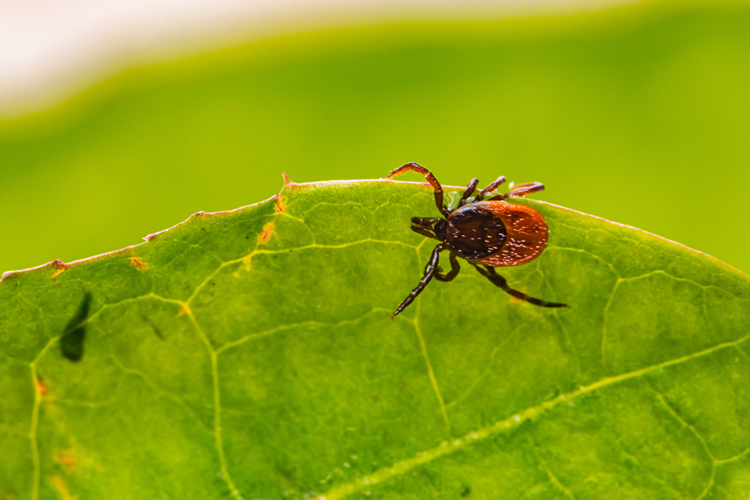

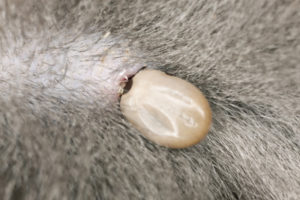
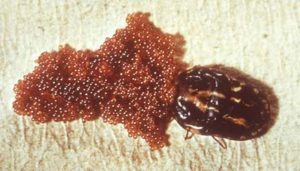
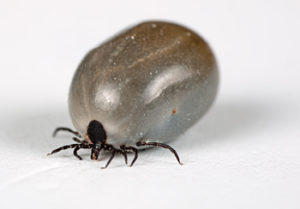
 Professional
Professional 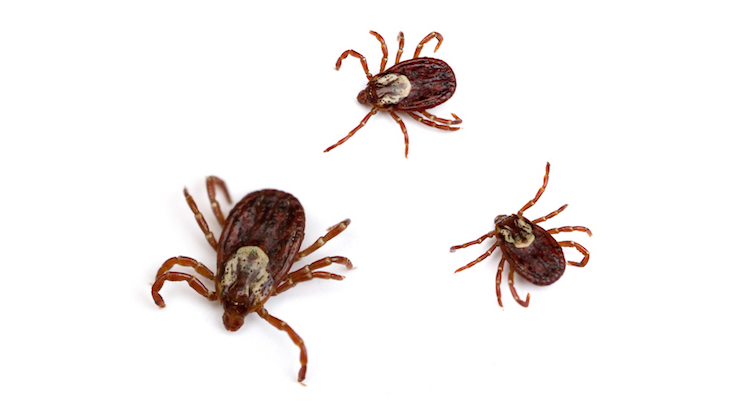







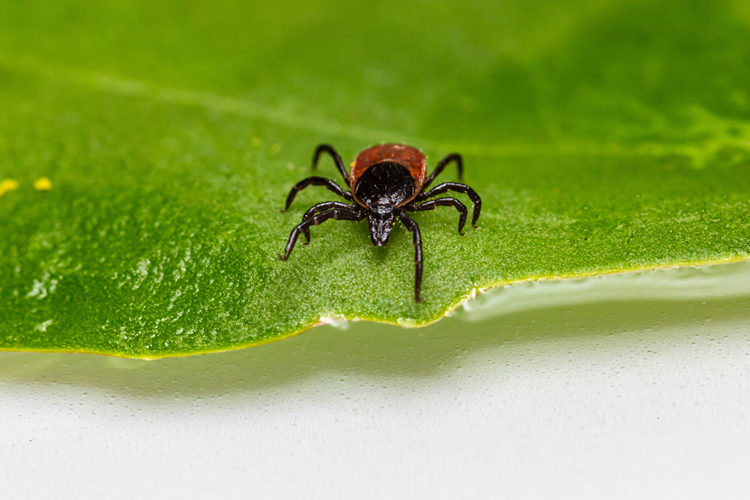

 Center for Lyme Action believes there are up to 2 million chronic Lyme sufferers in the United States. They believe the potential economic cost of Lyme disease exceeds $75 billion. Lyme is non-biased, and affects people of all ages, all walks of life. Due to the territorial expansion of tick populations, Center for Lyme Action says that ALL Americans should be worried about Lyme disease and other tick-borne illnesses. We can no longer say that tick-borne diseases are only happening in the Northeast or Southeast.
Center for Lyme Action believes there are up to 2 million chronic Lyme sufferers in the United States. They believe the potential economic cost of Lyme disease exceeds $75 billion. Lyme is non-biased, and affects people of all ages, all walks of life. Due to the territorial expansion of tick populations, Center for Lyme Action says that ALL Americans should be worried about Lyme disease and other tick-borne illnesses. We can no longer say that tick-borne diseases are only happening in the Northeast or Southeast. 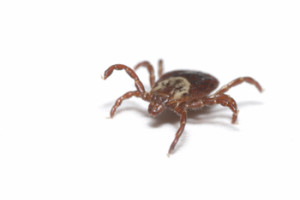 The Lyme Moonshot initiative declares that accelerating efforts to
The Lyme Moonshot initiative declares that accelerating efforts to